Year 1 Addition Worksheets
Addition Sums with Pictures (A)

Addition Sums with Pictures (B)
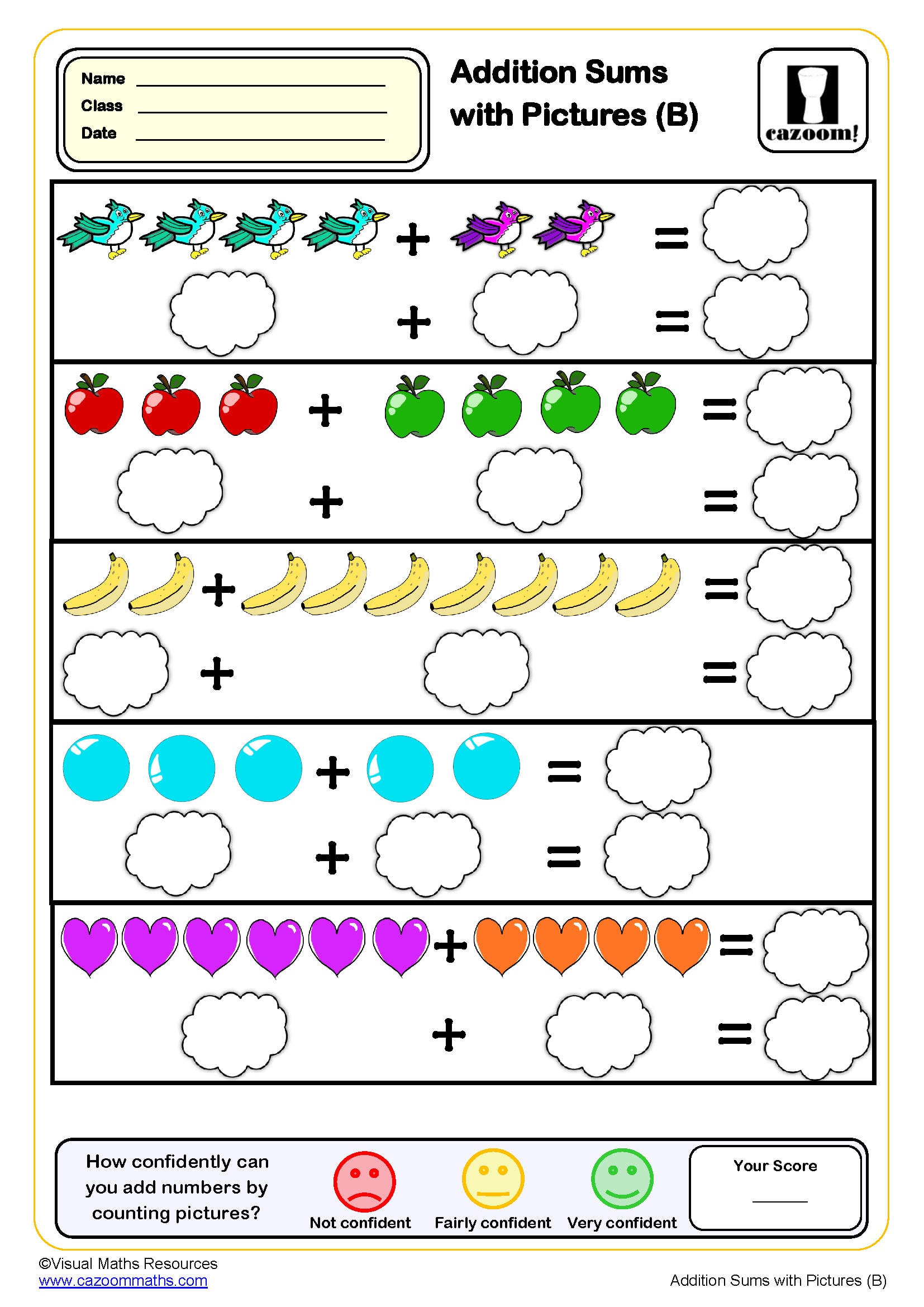
Addition with dots (A)

Addition with Dots (B)

Addition with Dots (C)

Addition with Number Lines (up to 10)

Addition with Number Lines (up to 18)

Addition with Number Lines (up to 5)
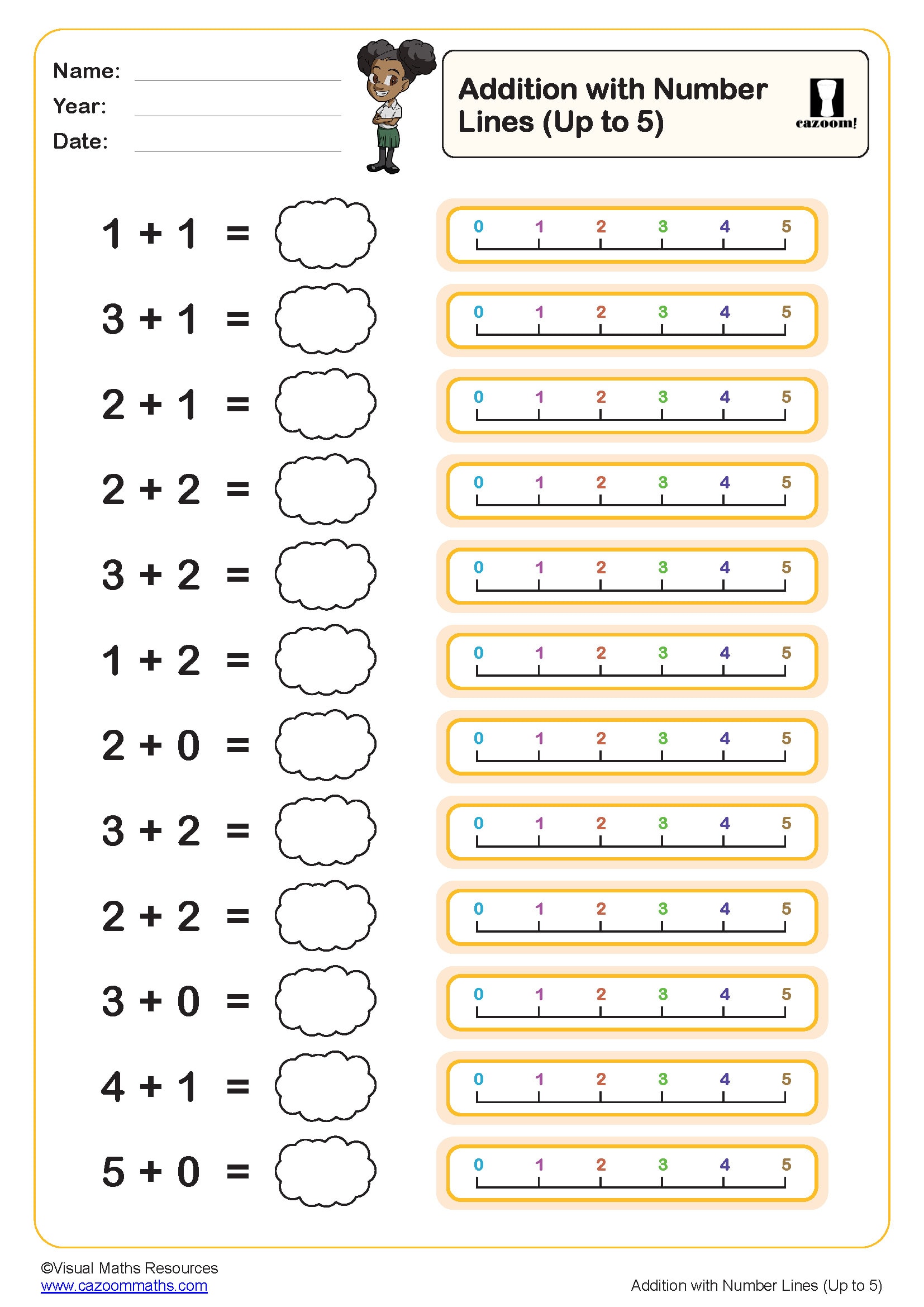
Addition with Sticks (A)
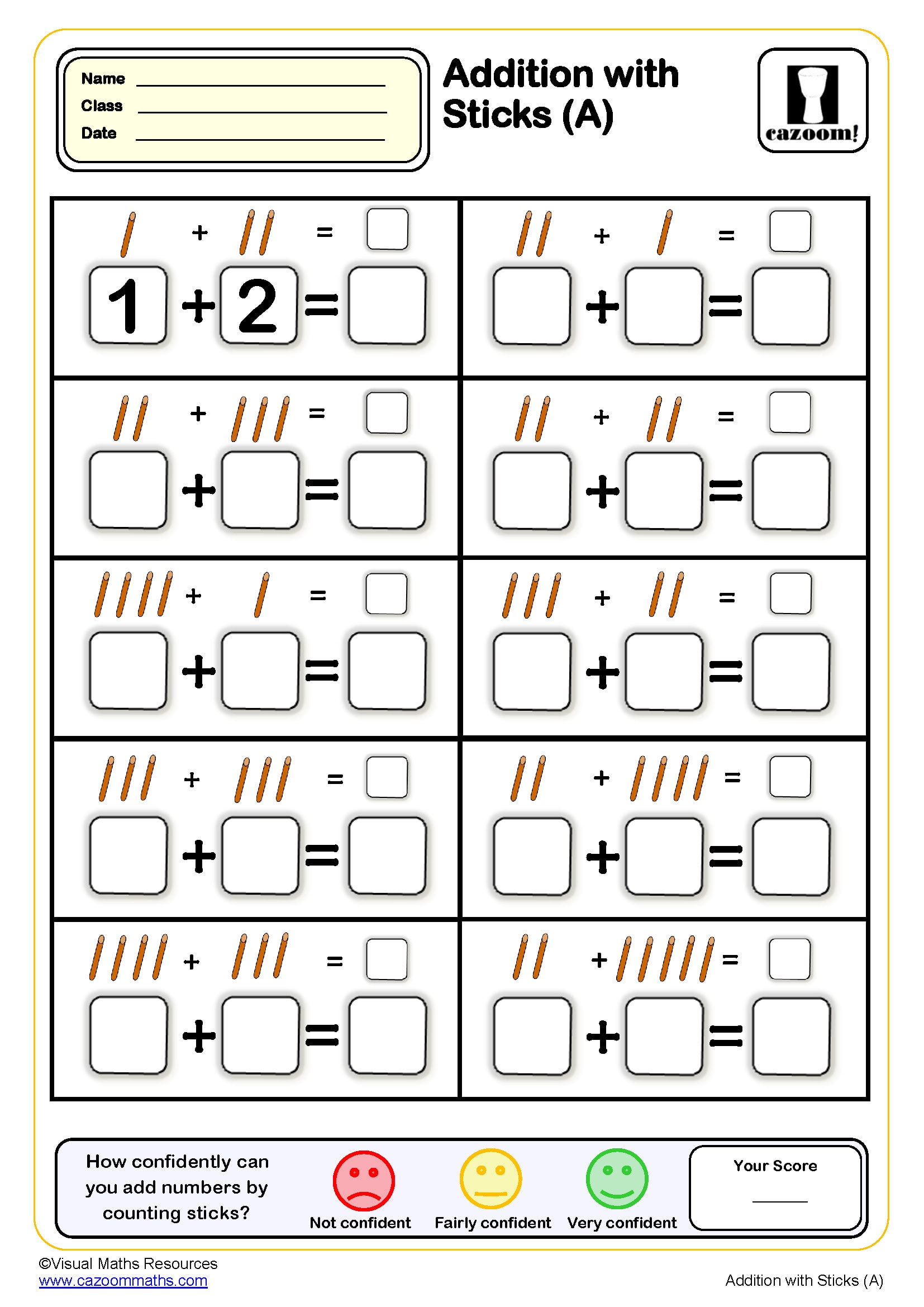
Addition with Sticks (B)

Addition with Sticks (C)
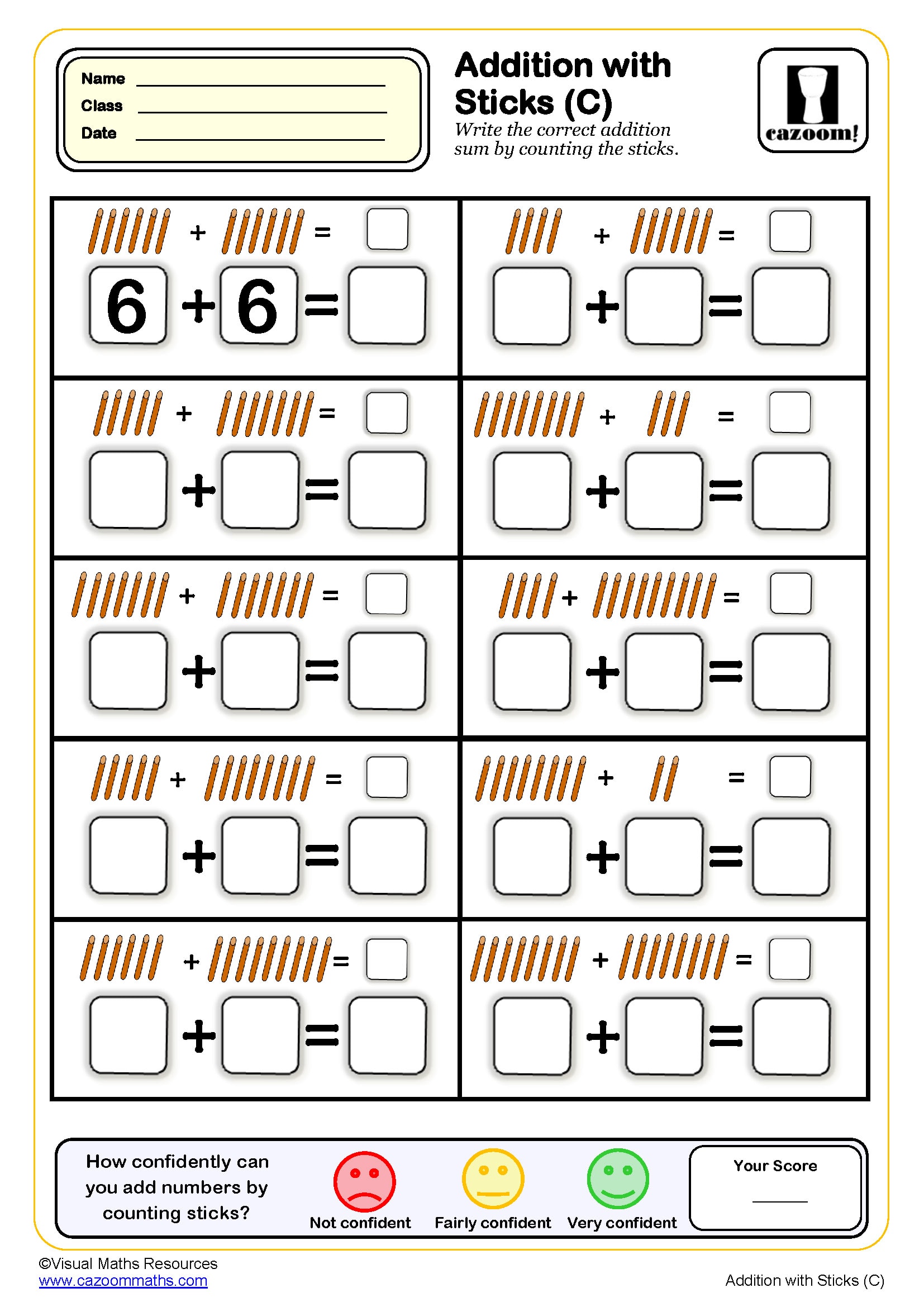
Emoji Number Bonds to 20
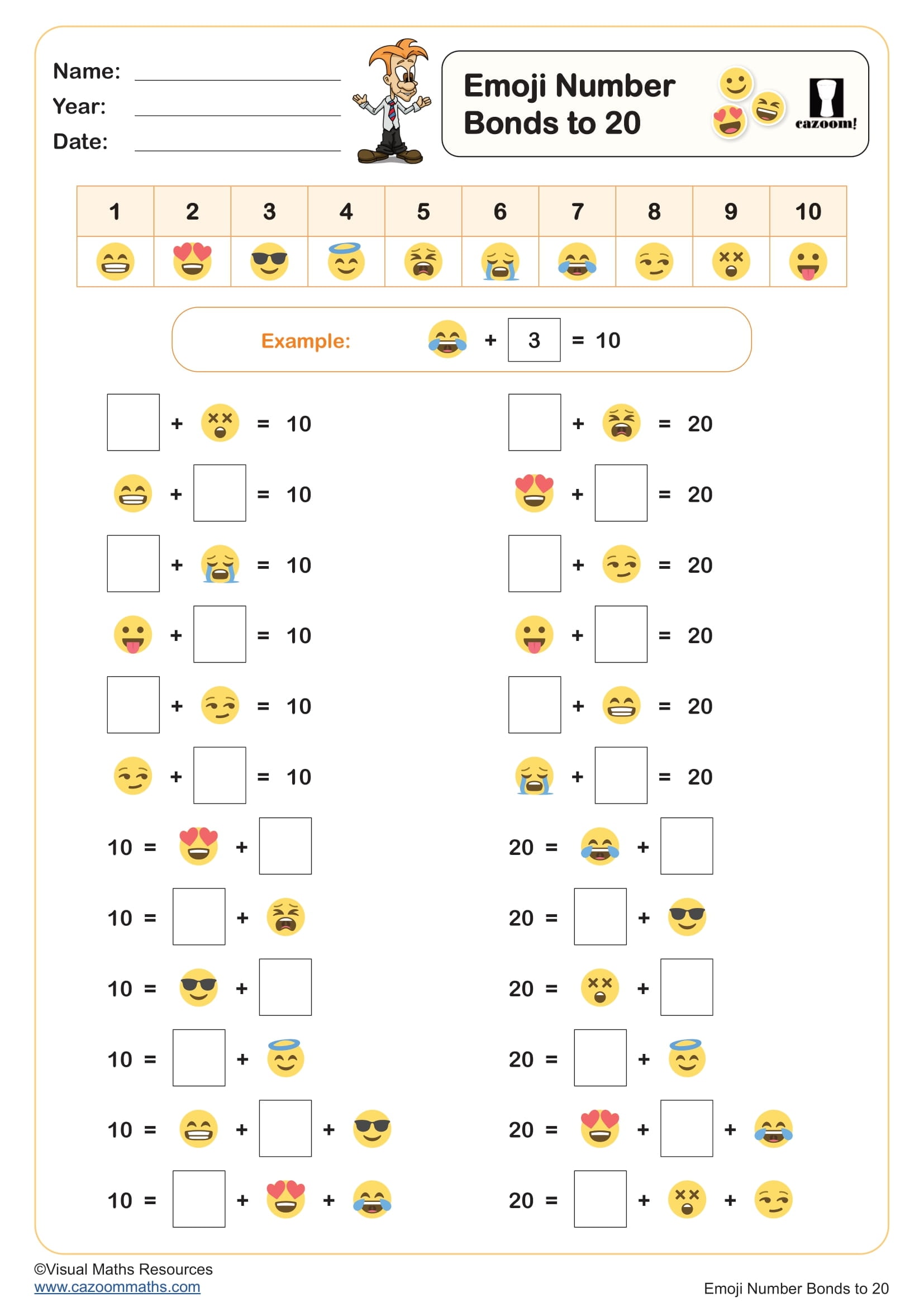
Introducing the Part Whole Model

Making 10 (Blanks)

Making 10 with three numbers
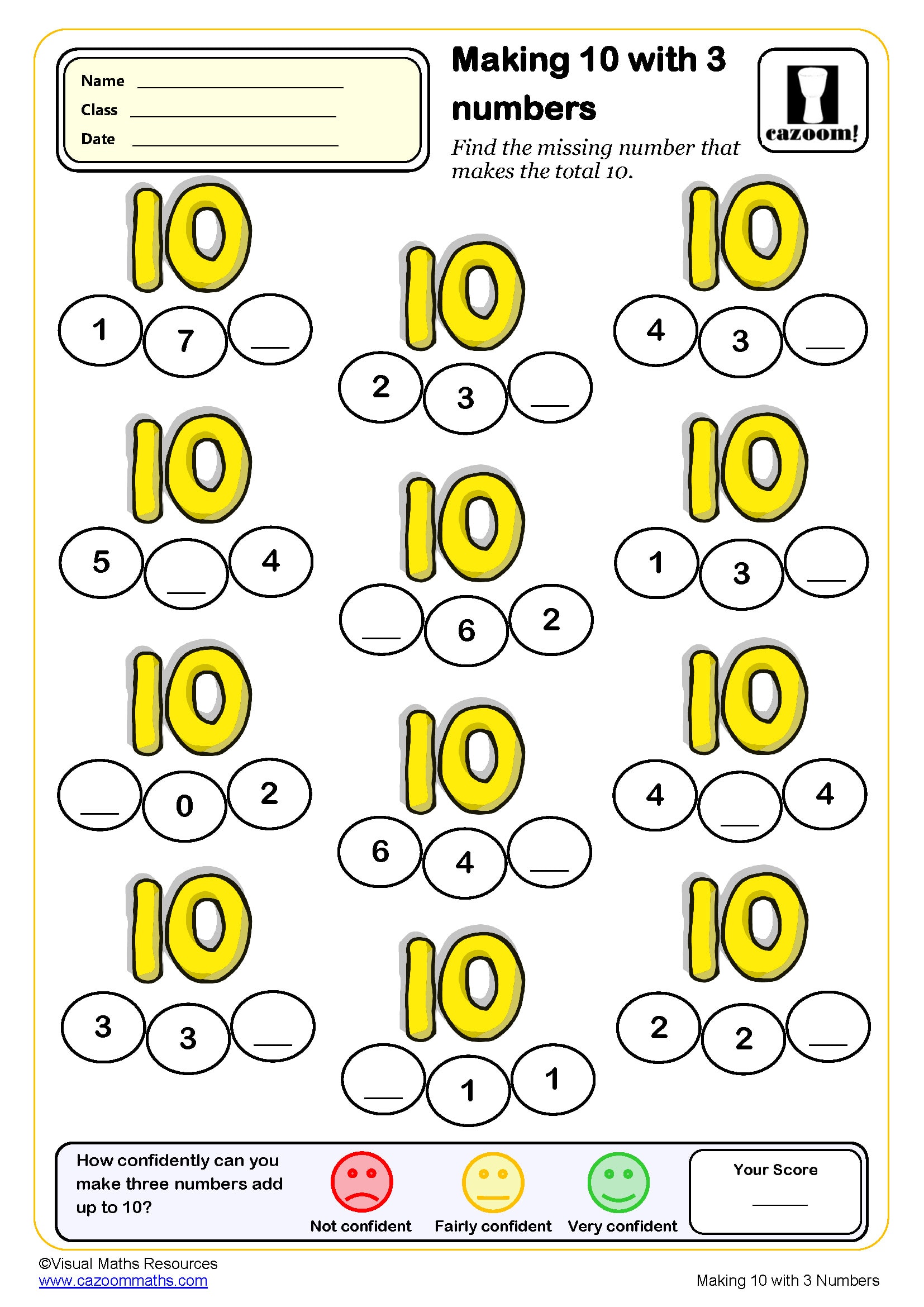
Making 10 with three numbers (Blanks)

Making 15
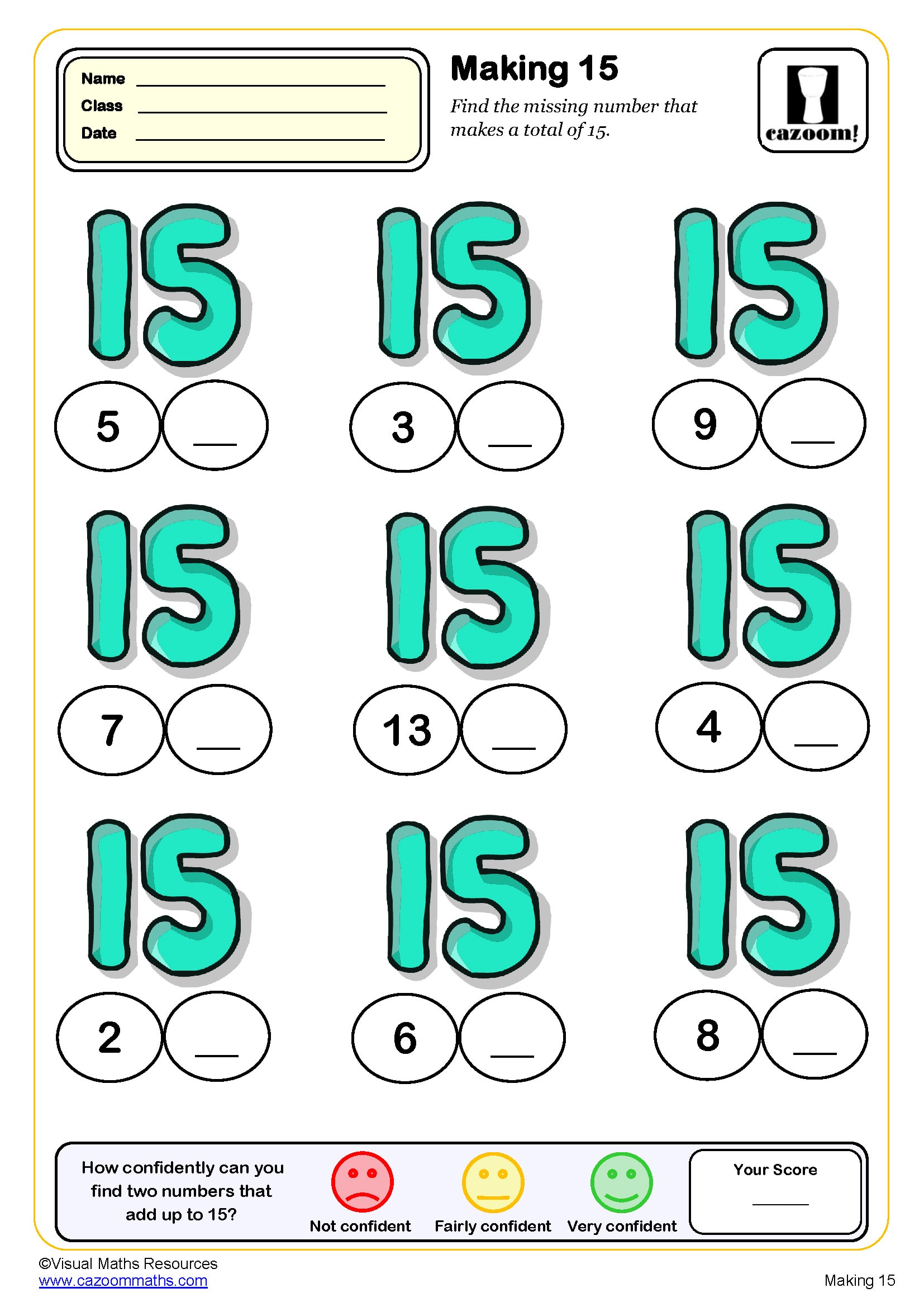
Making 15 (Blanks)
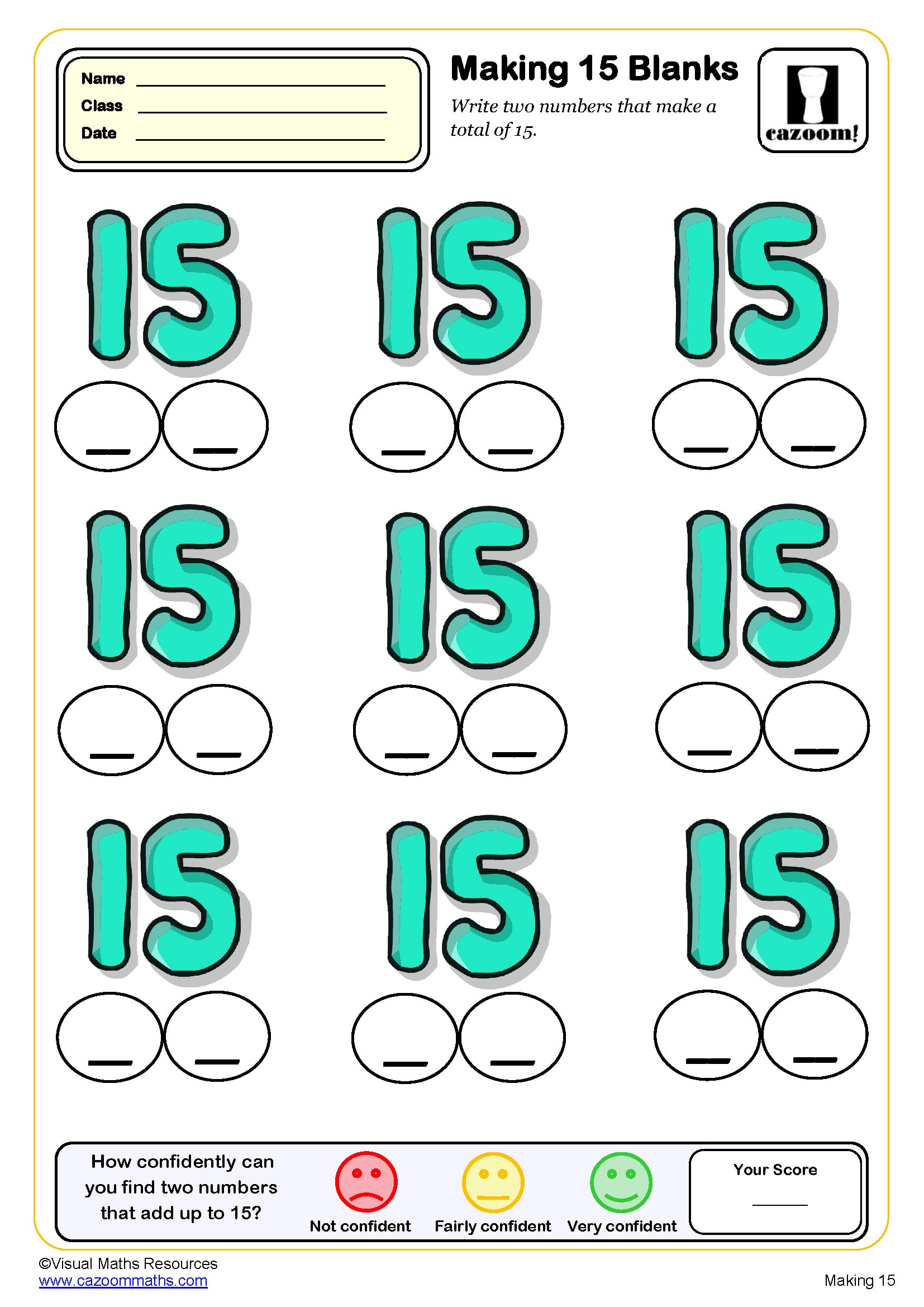
Making 18
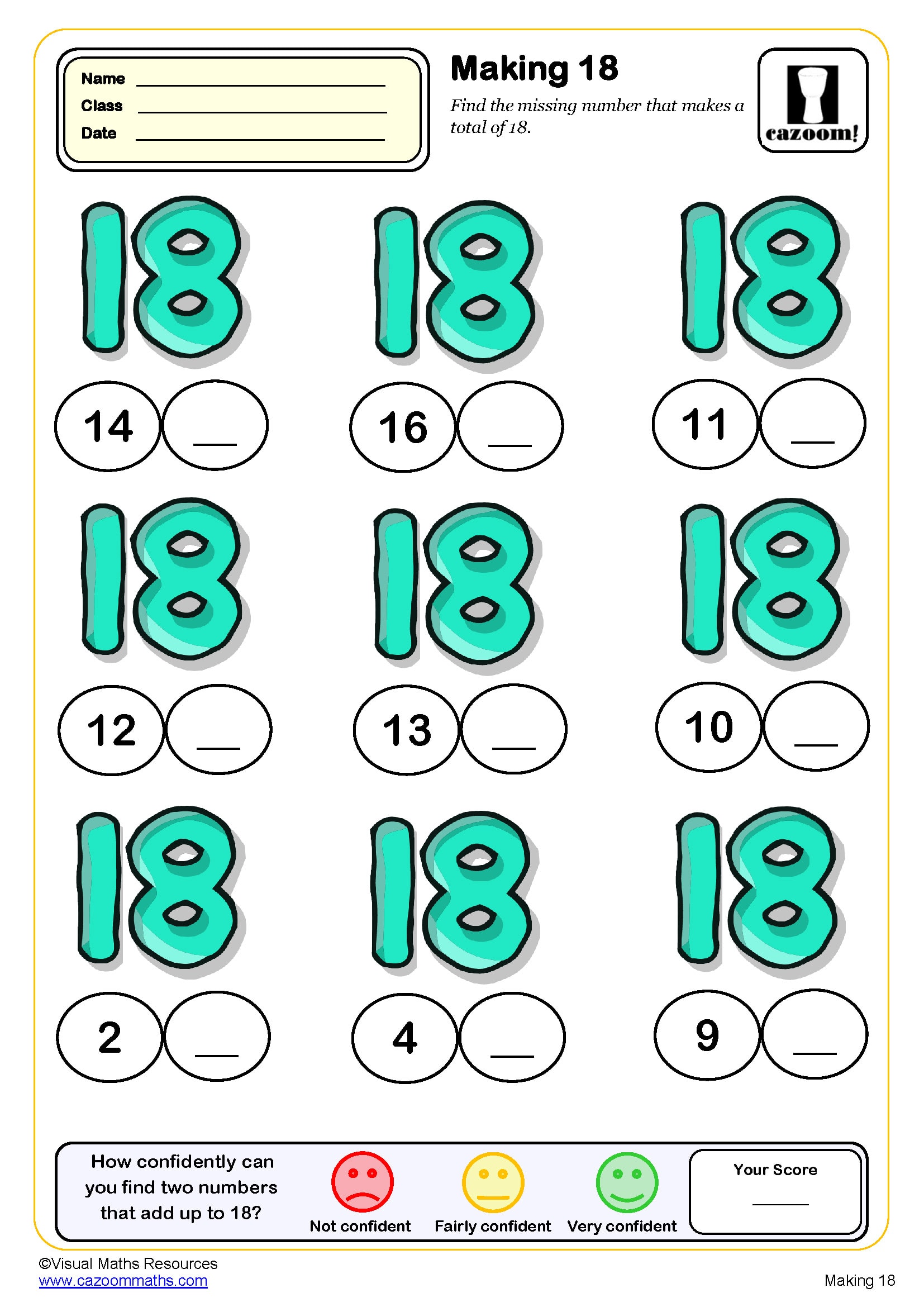
Making 18 (Blanks)
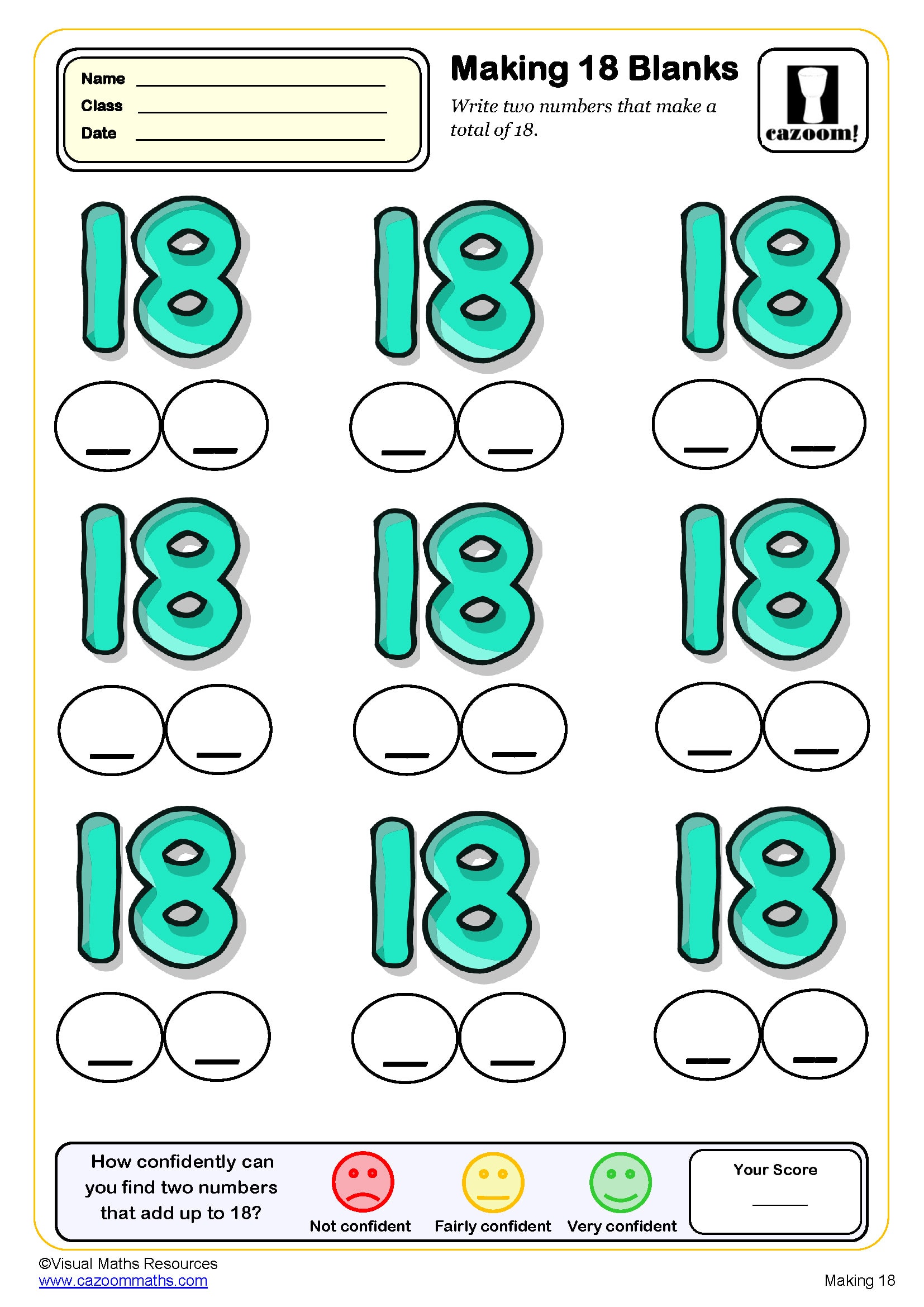
Making 20 (B)
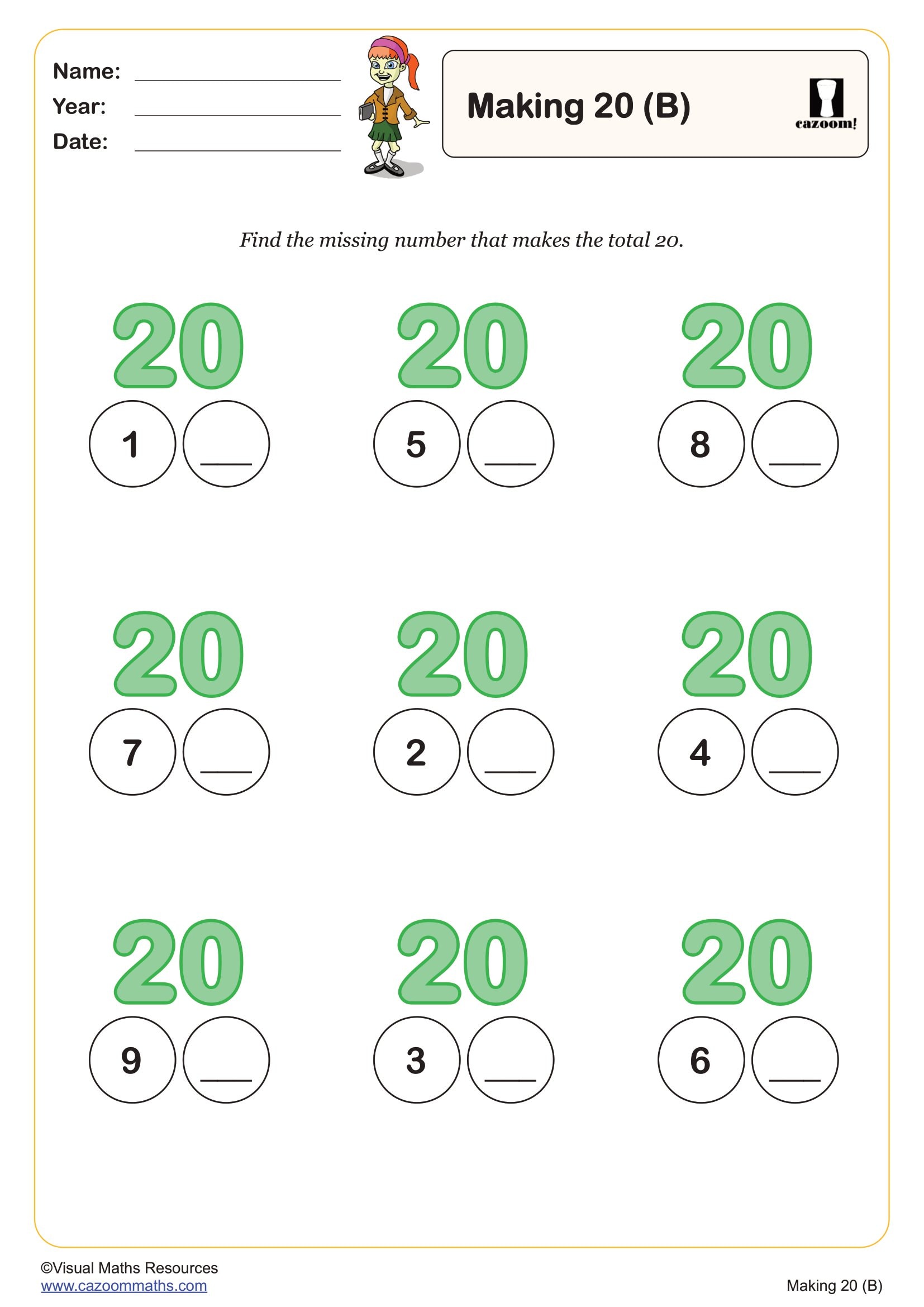
Making 20 (Blanks)
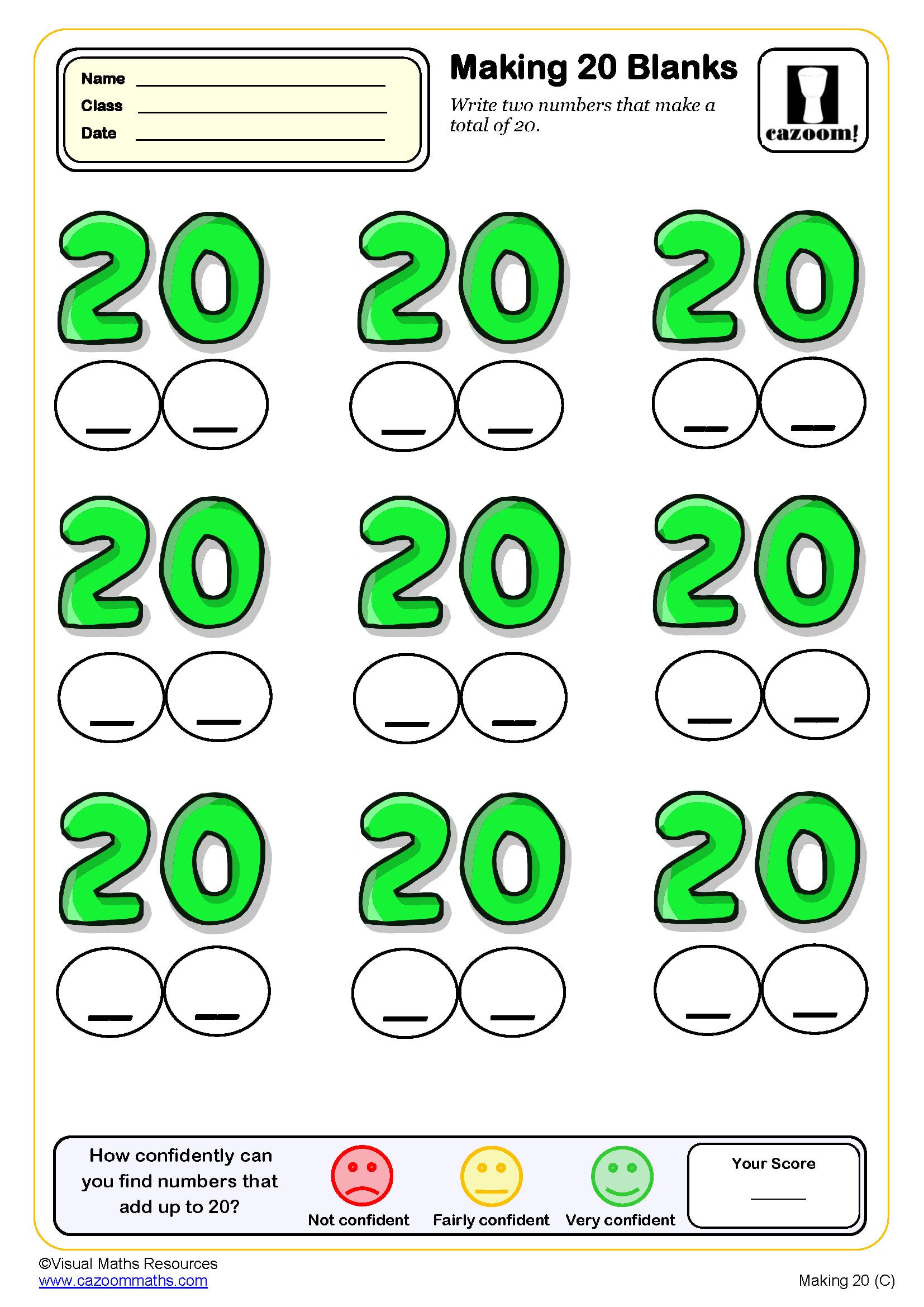
Making 20 (C)
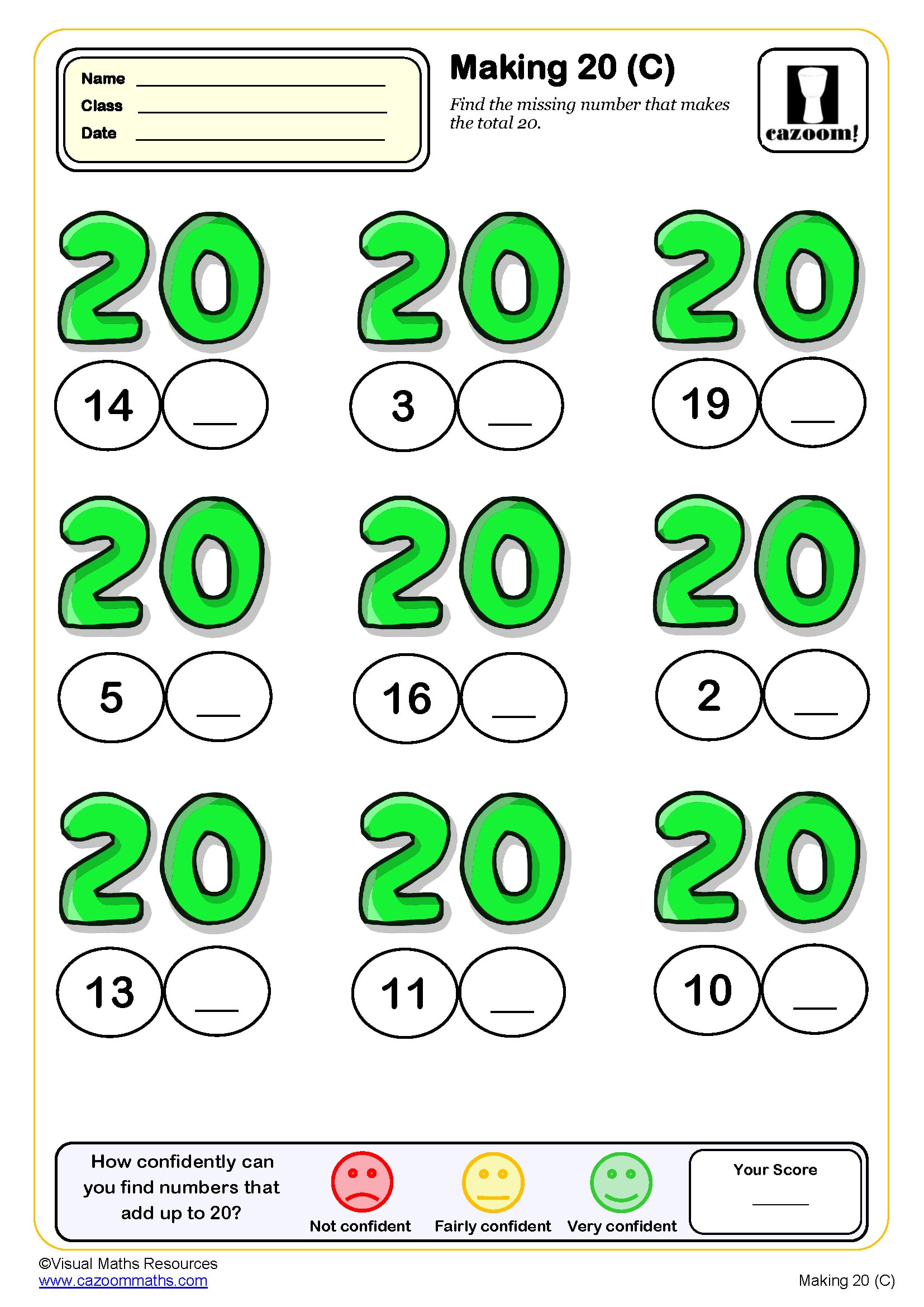
Making 20 with three numbers

Making 7

Making 7 (Blanks)
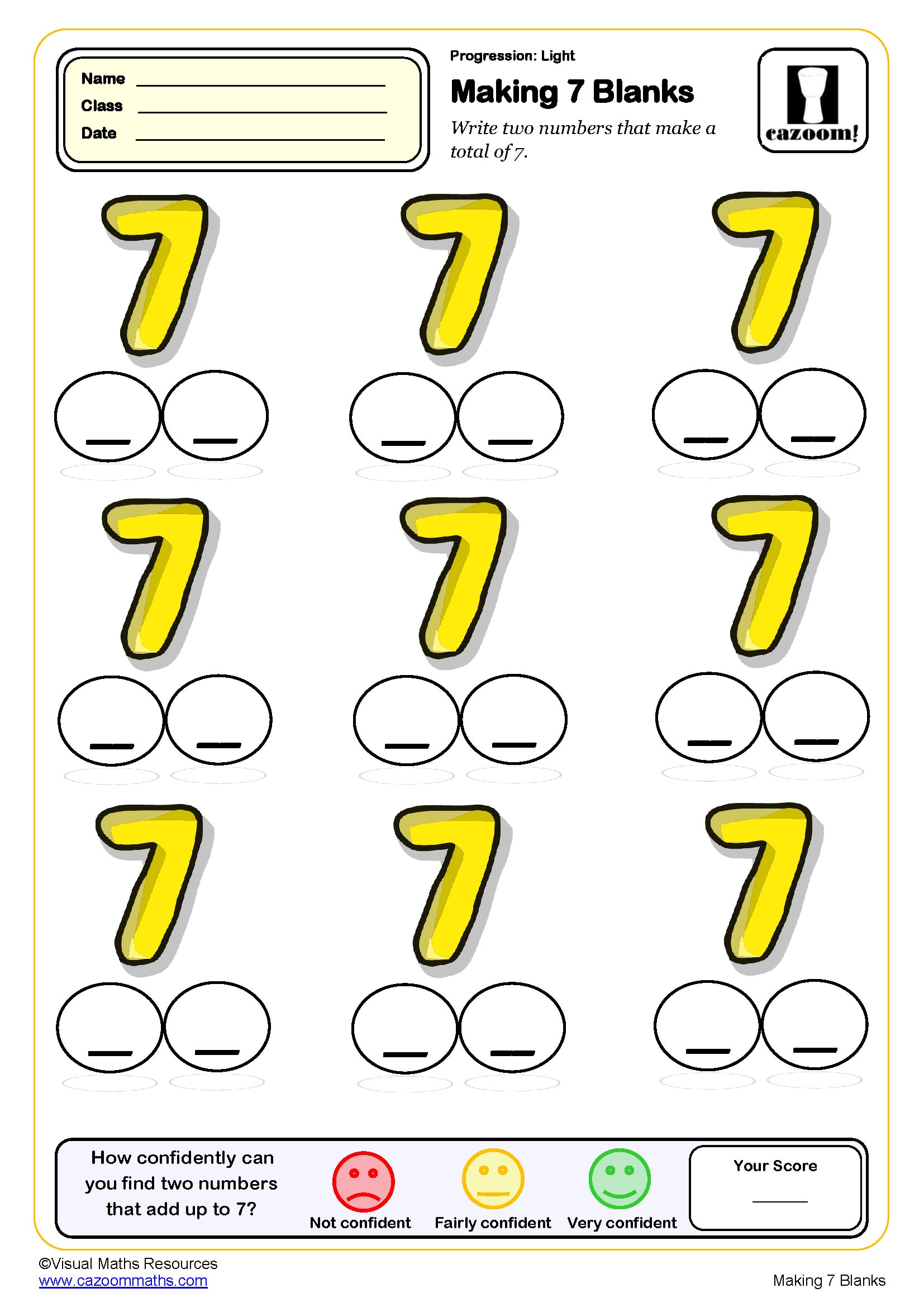
Making 8

Making 8 (Blanks)
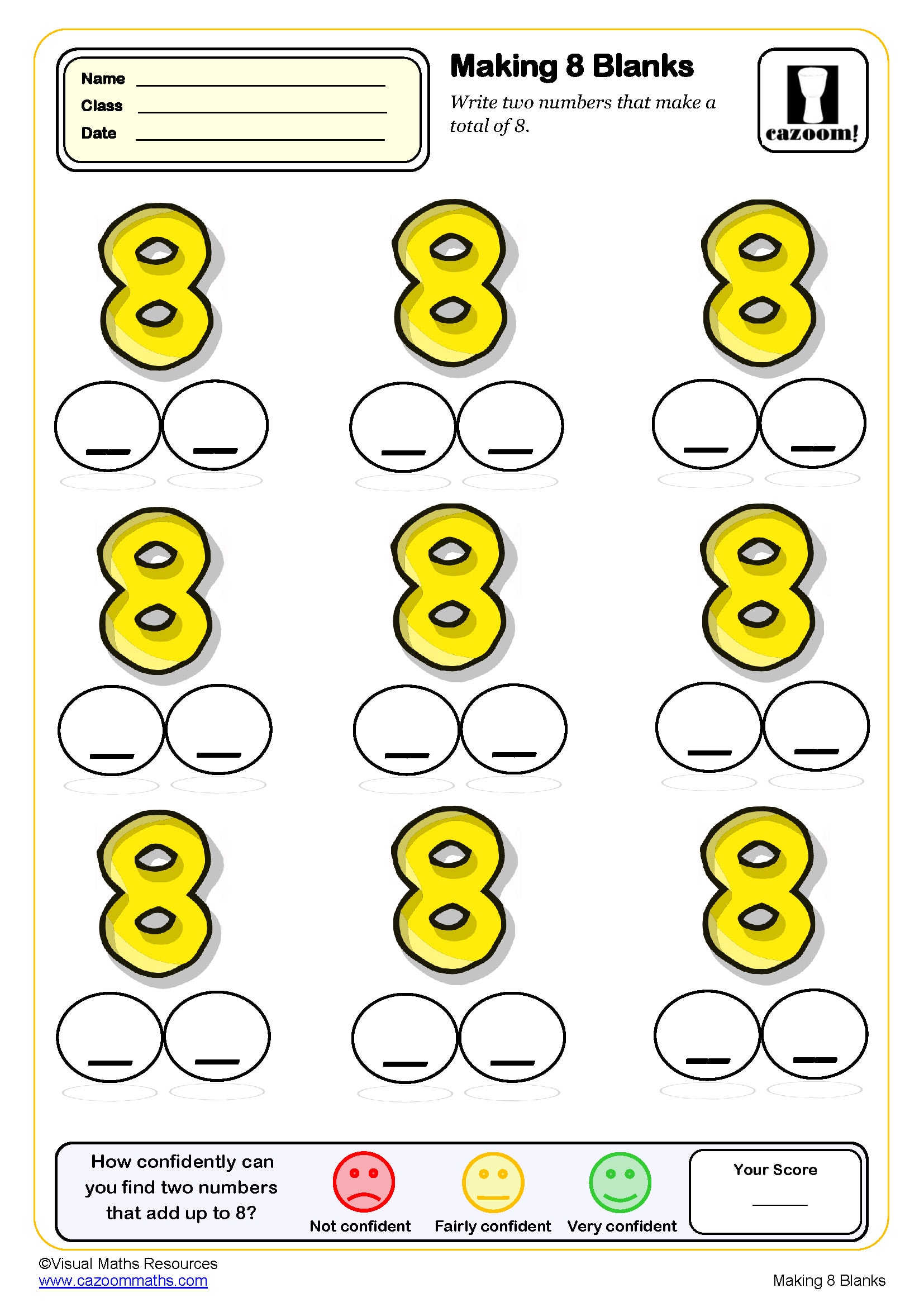
Making 9

Matching sums (20 only)

Matching Sums (to 10)
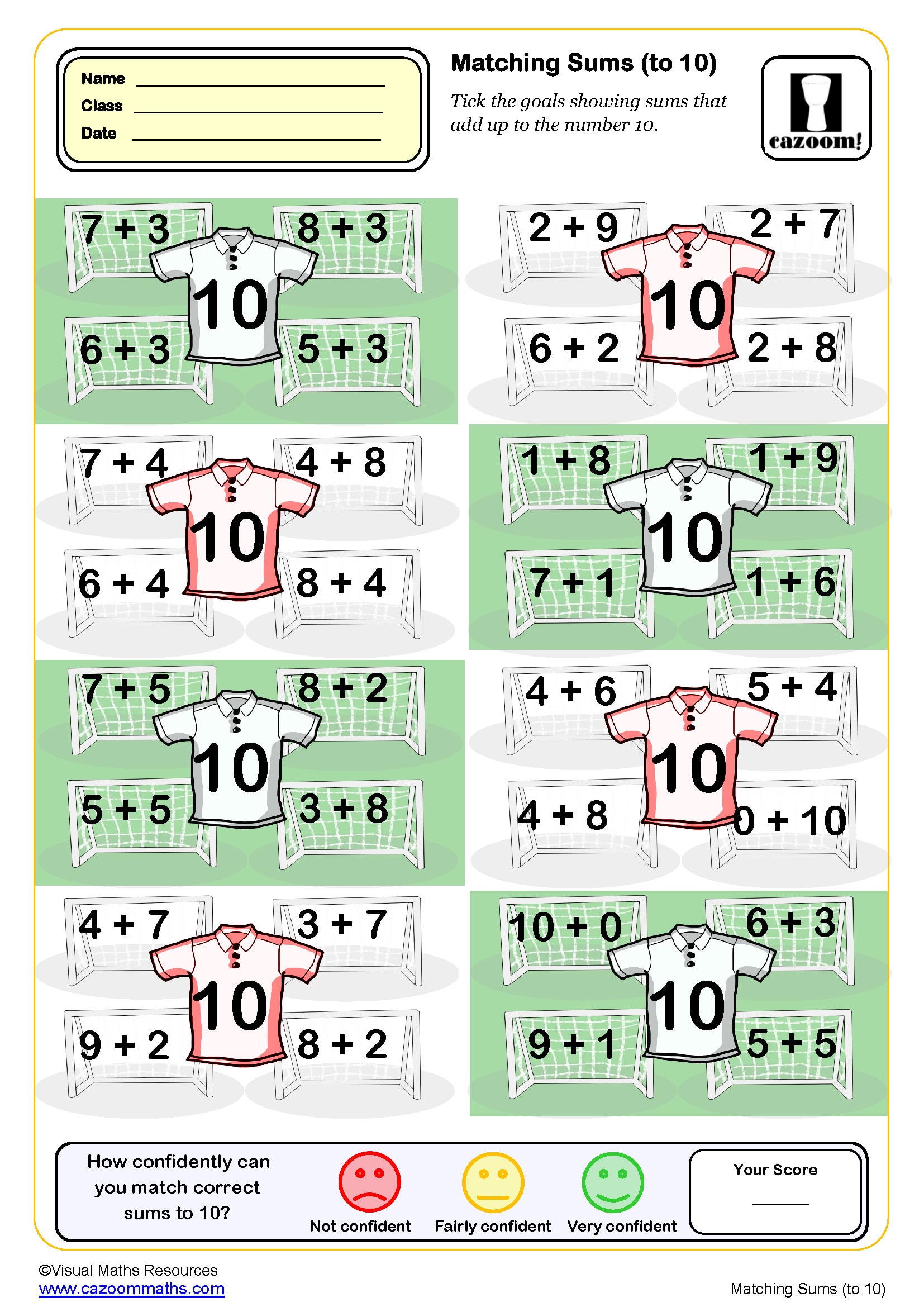
Number Bonds to 10 - Ten Frames
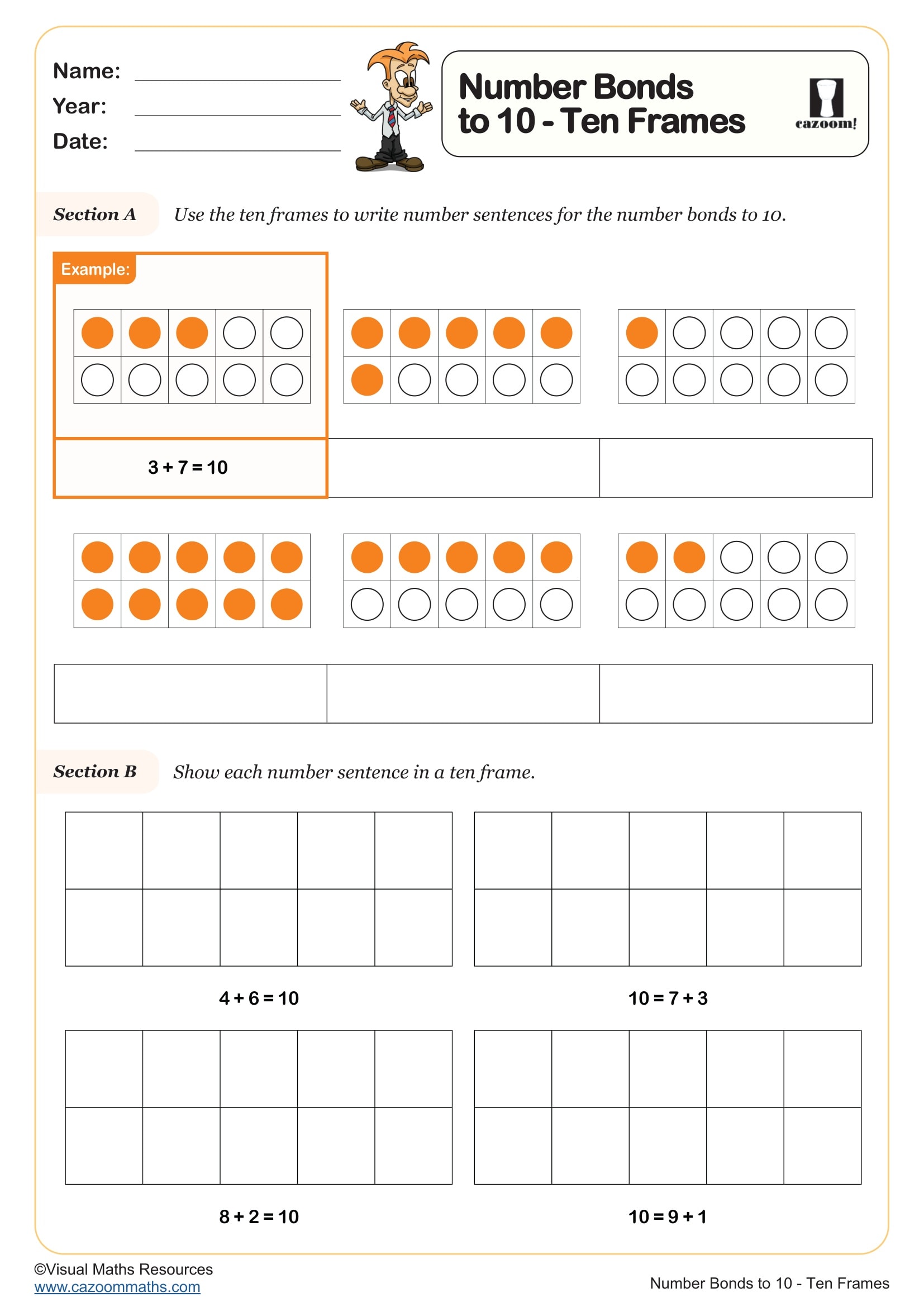
Number Bonds to 10 drills (10 questions)
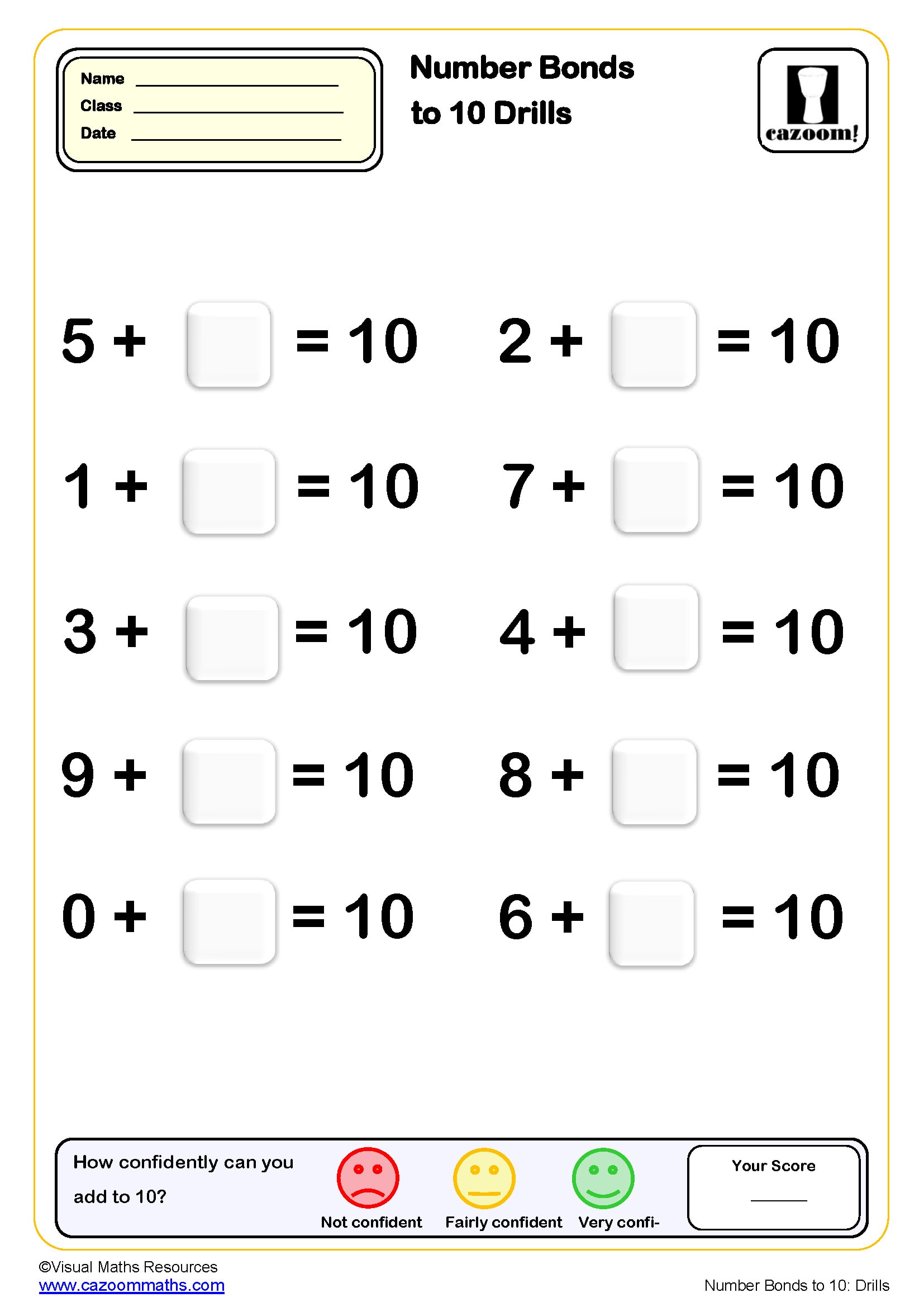
Number Bonds to 10 drills (20 questions)
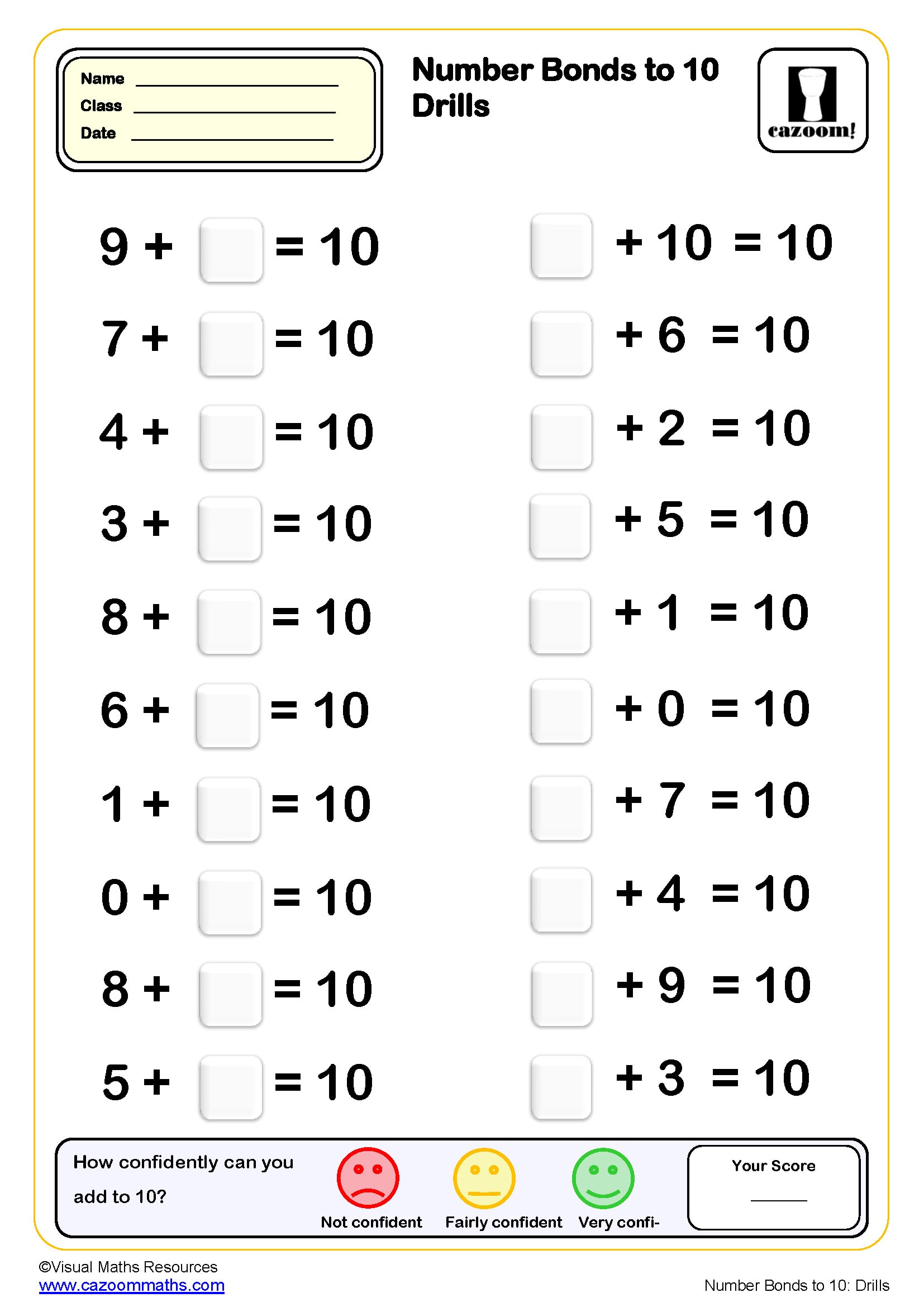
Number Bonds to 10 drills (50 questions)

Number Bonds to 10 with Dots
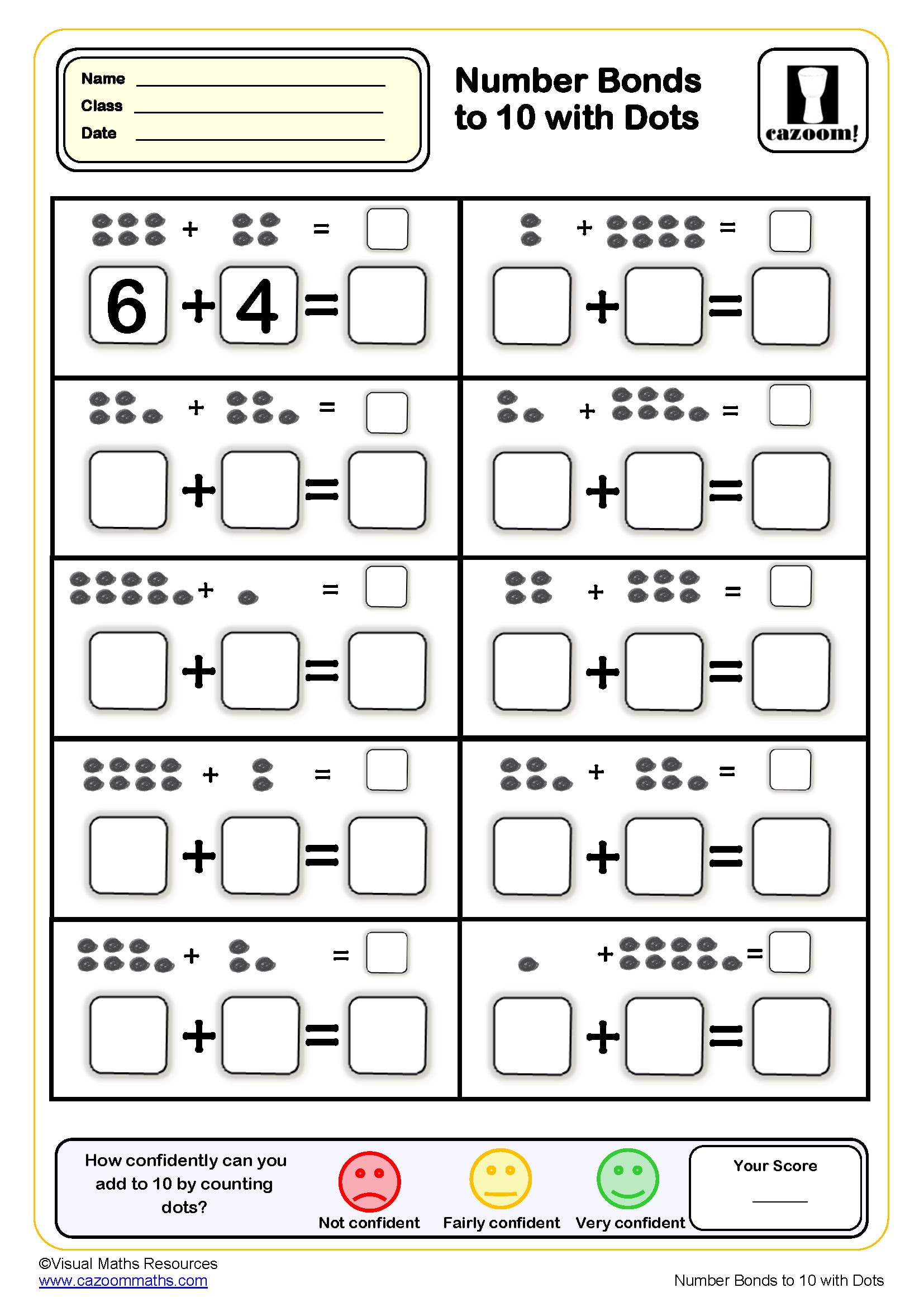
Number bonds to 10 with number lines
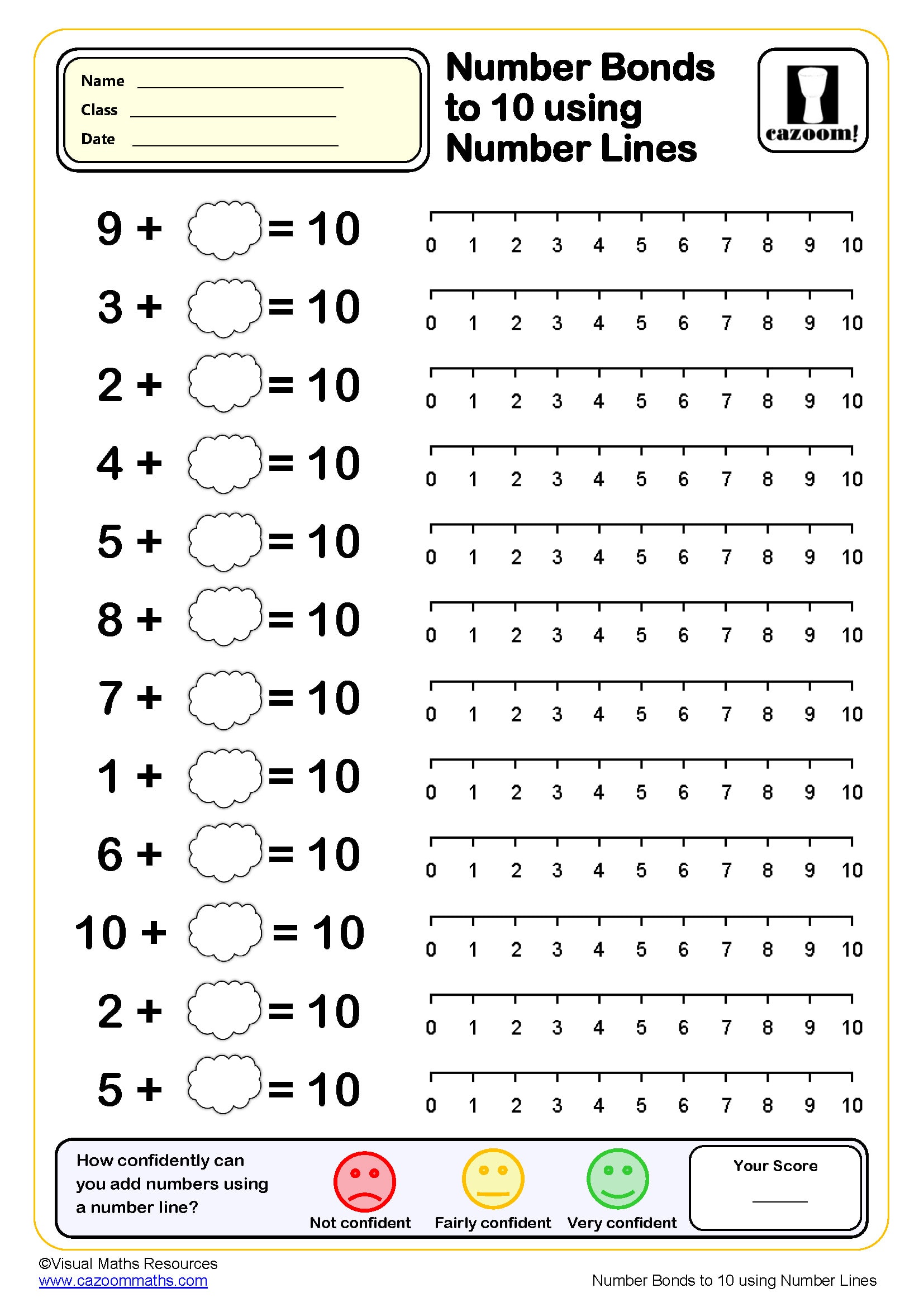
Number Bonds to 20 drills (10 questions)
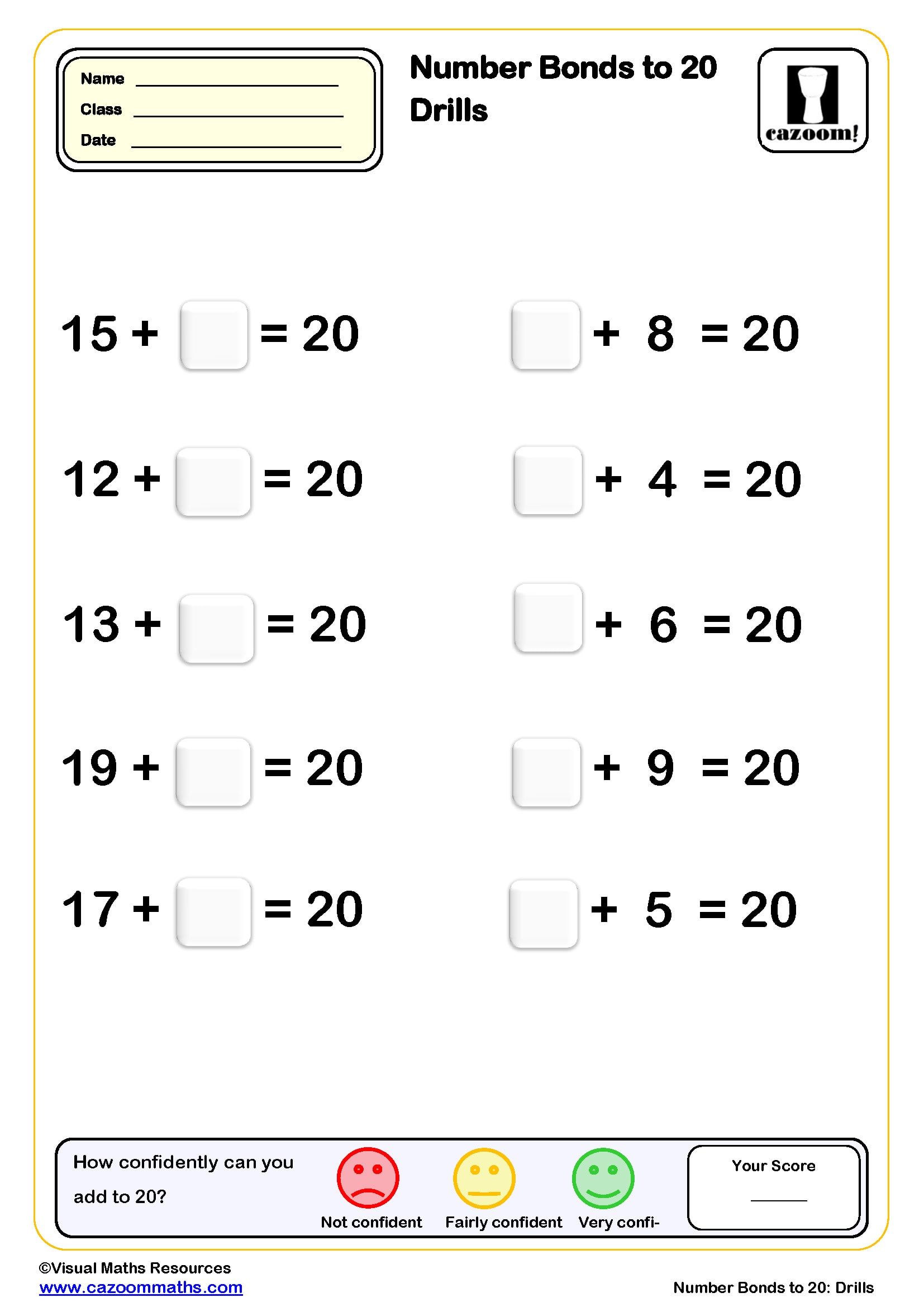
Number Bonds to 20 drills (20 questions)

Number Bonds to 20 drills (50 questions)

Number Bonds to 20 drills (B) (50 questions)
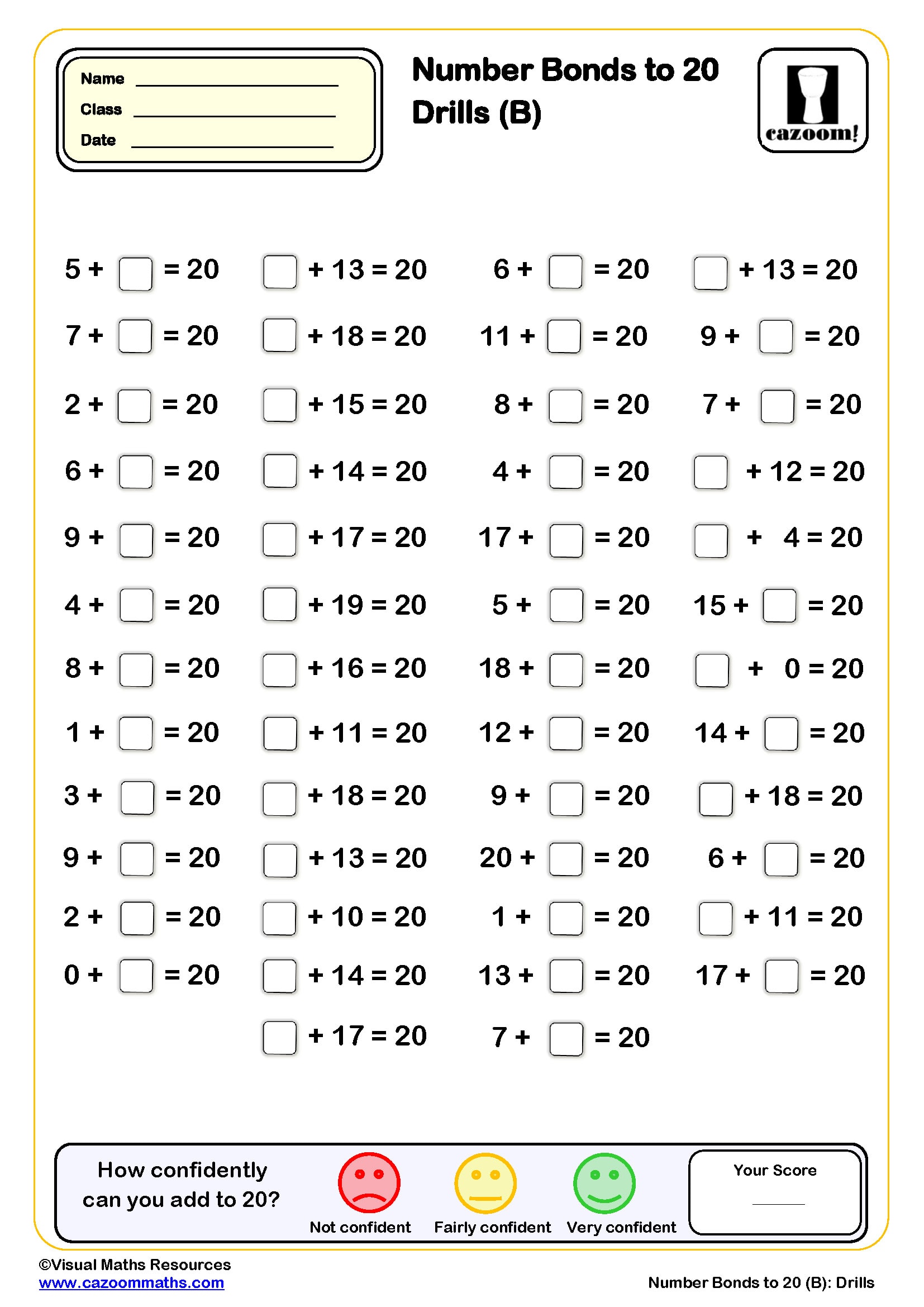
Number bonds to 20 with dots
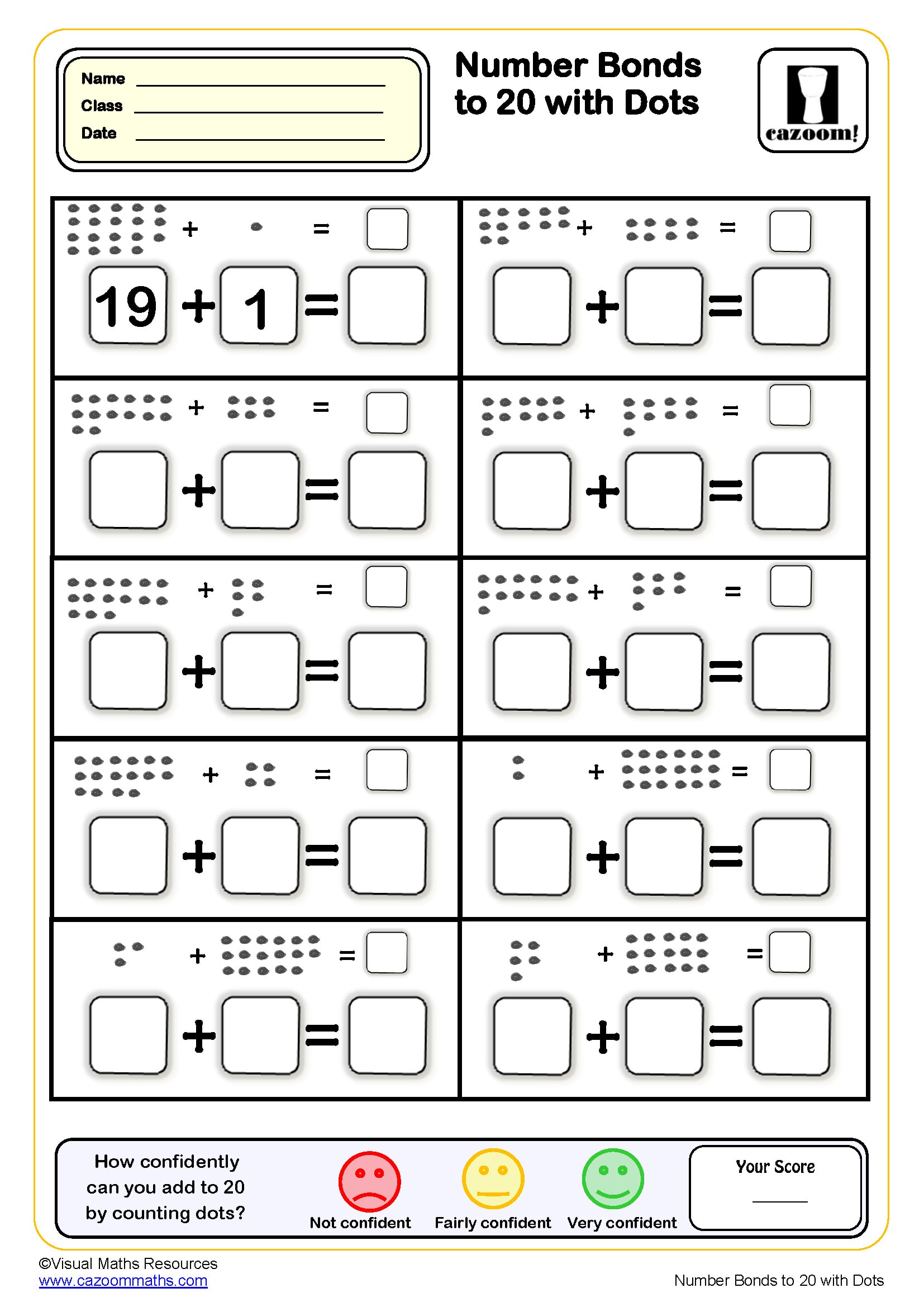
Number bonds to 20 with number lines
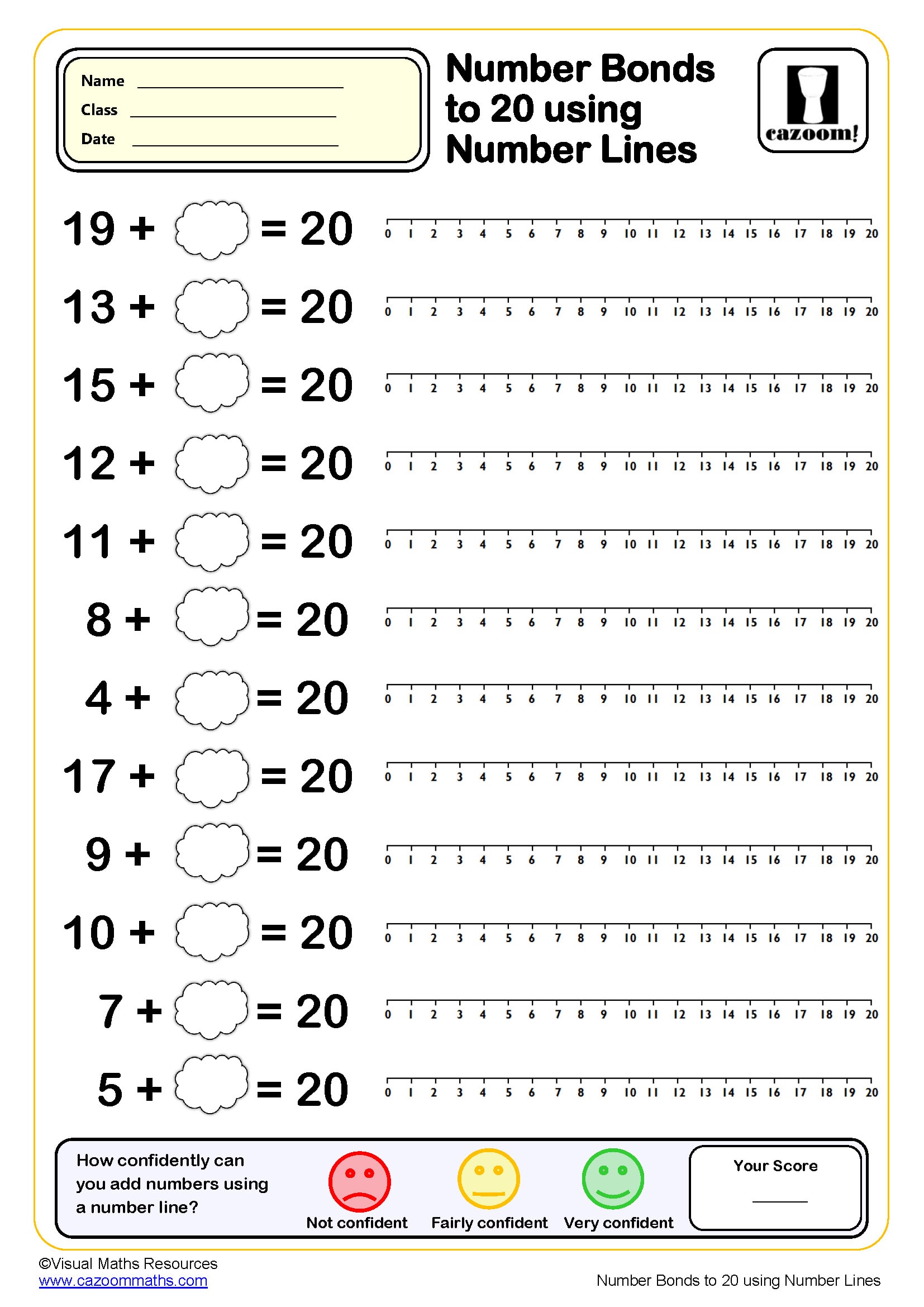
Number Bonds to 5 drills (10 questions)

Number Bonds to 5 drills (20 questions)

Writing Addition Statements
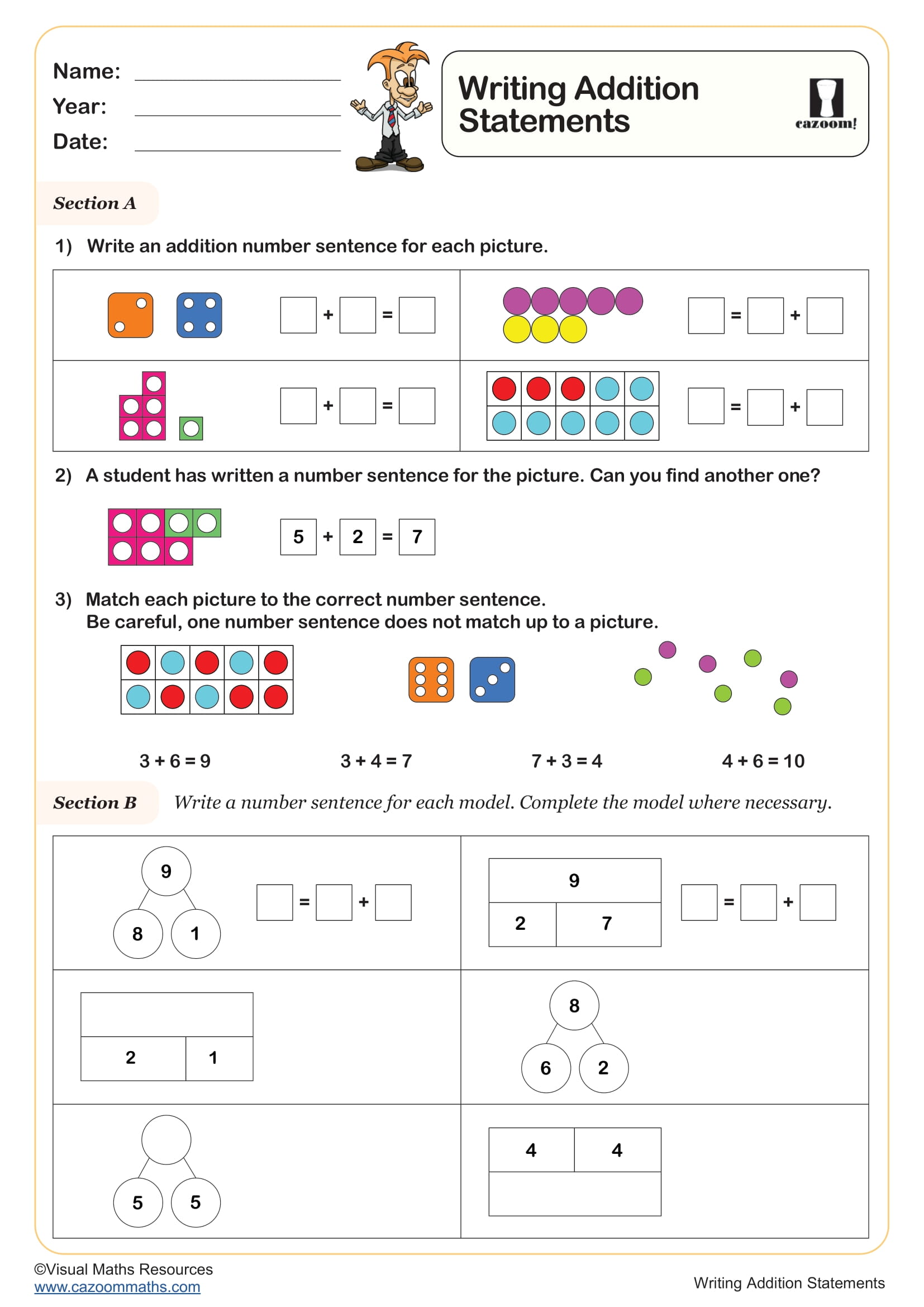
Printable PDF KS1 Addition Worksheets with Answers
Check out and download our year 1 addition questions, which will improve your students’ knowledge of various number calculations related to simple sums, for example- Addition and Subtraction Fact Families, Number Bonds to 10, Writing Addition Statements, Introducing the Part Whole Model, Adding 5 drills, Addition Colouring, Addition with Dots, Addition with Number Lines, and much more. All of our maths resources are custom-made and created in an easy-to-download and printable PDF format, and each of them includes separate answer sheets as well. All of the Cazoom Maths worksheets are entirely expert-made to help your kids in KS1 better understand and practise basic number equations.
What are Addition Worksheets
Addition worksheets teach children how to combine numbers to find the total sum. These educational resources start with simple counting exercises and progress to written calculations. Children learn to recognise addition symbols and understand mathematical language clearly. The worksheets provide structured practice that builds from concrete counting to abstract number work systematically.
• Teaching number combination skills
• Structured mathematical practice
• Symbol recognition training
• Progressive skill development
What is included in our Year 1 Addition Worksheets
Year 1 addition worksheets include a wide range of concepts related to basic addition. Here are some of them-
• Number Bonds - Number bonds worksheets help children understand how numbers combine to make specific totals like 10 or 20. These activities develop quick recall of addition facts and build strong mental maths foundations for Year 1 learners.
• Part Whole Model - The core concept of the Part-whole model will help your young pupils understand how numbers can be split into different parts that make the same whole. This visual method helps pupils understand the relationship between addition and subtraction clearly and effectively.
• Adding Drills - Adding drills provides repetitive practice with basic addition facts to develop speed and accuracy in calculations. These focused exercises help Year 1 children build automatic recall of essential number combinations through regular practice.
• Addition Grids - Addition grids present sums in organised table formats that help children see number patterns and relationships. These structured worksheets support systematic learning and help pupils develop logical thinking skills in mathematics.
• Addition With Visual Aids - Addition with visual aids worksheets use pictures, objects, and counting tools to make abstract numbers concrete. These resources support different learning styles and help children understand addition concepts through hands-on activities.
• Matching Sums - Matching sums activities require children to connect addition problems with their correct answers or equivalent expressions. These engaging exercises develop problem-solving skills and reinforce understanding of addition relationships through interactive practice.
Why Are These Resources Important
Addition worksheets build fundamental mathematical skills that children need throughout their educational journey. Early success in addition creates positive attitudes towards maths and boosts learning confidence. Regular practice helps children develop quick recall of number facts automatically. Strong addition skills support all future mathematical learning, including multiplication, division, and problem-solving effectively.
• Build fundamental maths skills.
• Create positive learning attitudes.
• Develop automatic number recall.
• Support future mathematical learning.
Real Life Use of Addition Skills
Children use addition skills in countless everyday situations throughout their daily lives. Shopping involves adding prices, counting change, and calculating totals for multiple items. Playing games often requires adding scores, counting moves, or combining collected items. These practical applications make mathematical learning meaningful and relevant for young learners consistently. From shopping and money calculations to game scoring and counting, children encounter addition in collecting and combining items and daily problem-solving situations regularly.